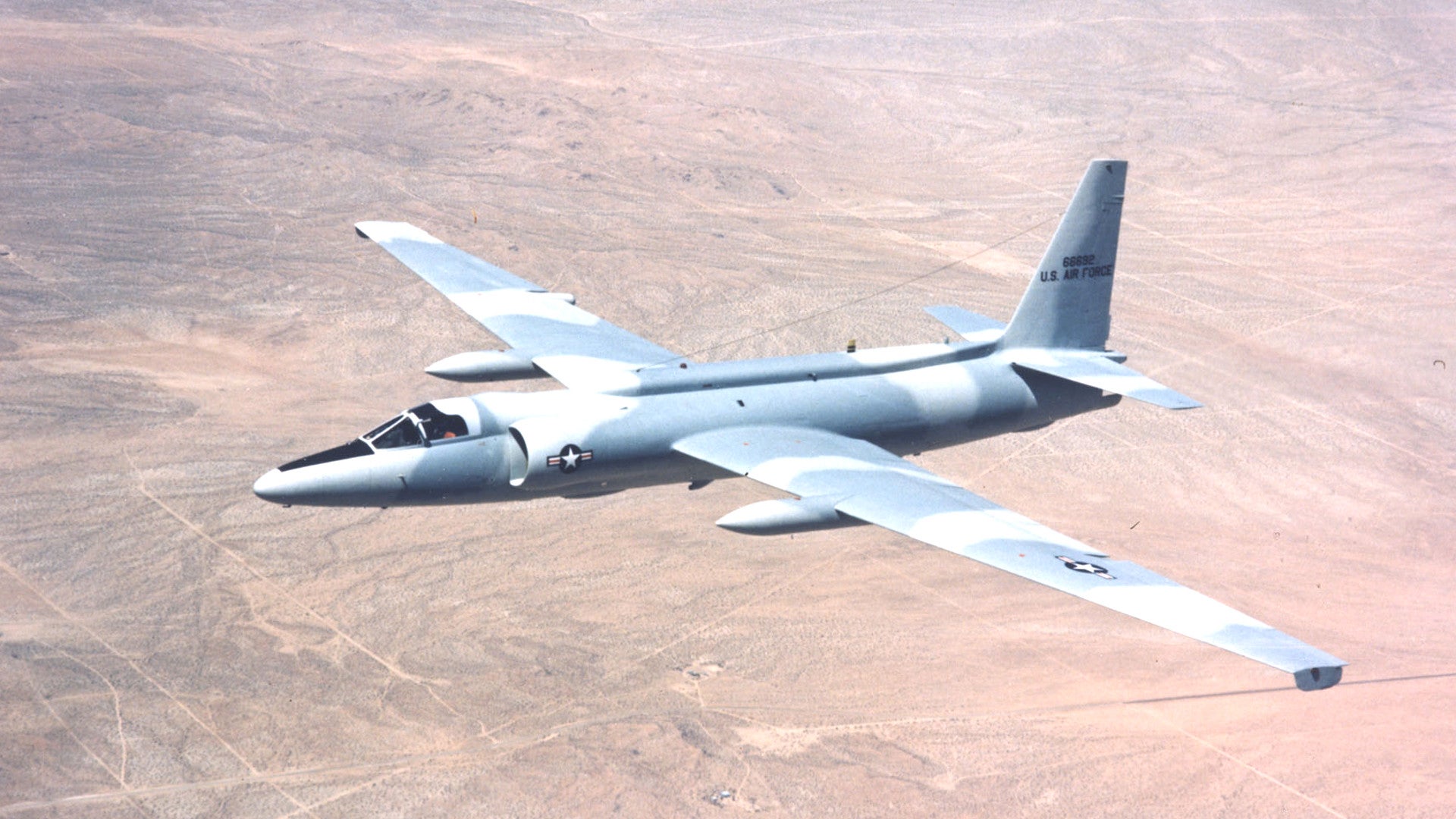The U.S. Air Force has gone back and forth repeatedly over whether it’s finally time to retire the venerable U-2 Dragon Lady spy plane. After the Budget Control Act capped defense spending in 2011, the service had even more reason to consider how much money it could save by replacing the iconic aircraft with other systems—most notably North Grumman’s RQ-4 Global Hawk drone.
Now, newly declassified documents show the Pentagon thought advanced aircraft and satellites, as well as improving air defense networks, would render the U-2 obsolete decades earlier. As early as 1965, at which point the Dragon Ladies had been flying missions for a decade, military intelligence officials were already planning for their retirement.
“Through long experience, the U-2 has proven to be an economical means to obtain high resolution photographic reconnaissance on a prompt basis,” a 1966 code-word classified recommendation explained. “Beyond the next two-to-three year time period, however, the need for the U-2 is less clear.”
On March 13, 2017, the National Reconnaissance Office (NRO) released this information and more as part of Sunshine Week, a national initiative focused on open government and transparency.
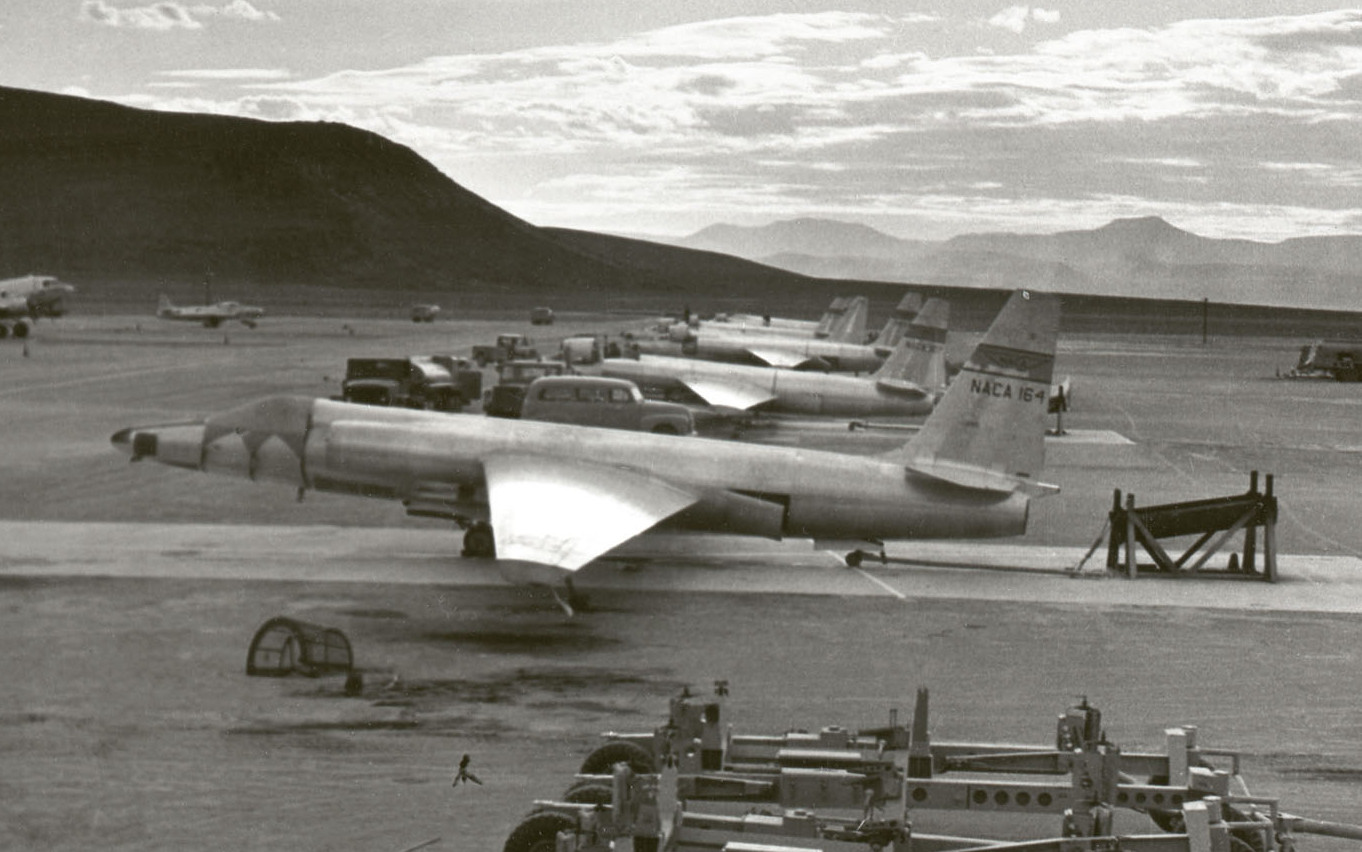
In 1966, the Air Force’s Strategic Air Command (SAC) had 15 operational U-2s of various types, plus another four set aside for research and development, according to the report. The Central Intelligence Agency (CIA) had another nine aircraft.
The two parties had shared the project since 1954, when they agreed to work together rather than compete over funds and resources. The Air Force had canceled its own X-16 spy plane program as part of the deal.
The next year, Lockheed’s U-2 made its first flight unintentionally at the secret Area 51 test facility, also known as Groom Lake, in Nevada. The aircraft’s design was so efficient it gained enough lift to take off as it taxied around on the runway.
In 1956, the slender, single-engine aircraft began overflying the Soviet Union and Eastern Europe. U-2s flew over Egypt’s Suez Canal during the Anglo-French-Israeli intervention. Over the next decade, operations expanded into Asia.
The Air Force and CIA initially hoped the aircraft’s high-altitude performance would protect it from enemy interceptors and surface-to-air missiles. The U-2A could fly above 70,000 feet and the improved U-2C had a service ceiling of nearly 75,000 feet.

But in 1960, the Soviet Union shot down one of the top secret planes, captured pilot Gary Powers, and exposed the project to the world. The United States immediately stopped all U-2 overflights of the Soviet Union immediately after the incident. In 1962, Soviet air defense troops knocked down another U-2 over Cuba during the missile crisis.
The documents the NRO declassified show that military and intelligence officials were concerned about the Dragon Lady’s ability to continue performing its mission. The Air Force had installed countermeasures to jam enemy X-band radars.
The CIA had initiated a secret project called Rainbow in an attempt to reduce the plane’s radar signature. However, The final outgrowth of that work had been Lockheed’s development of a successor aircraft, the high and fast-flying A-12, codenamed Oxcart. Able to reach speeds of Mach 3, that aircraft in turn led to the Air Force’s SR-71 Blackbird.
In addition, the U-2’s limited range was becoming a problem. To solve that problem, the Air Force and CIA both installed aerial refueling receptacles on many of their U-2As and Cs, which became U-2E and Fs, respectively. They even successfully flew variants off aircraft carriers—U-2Gs and Hs—to get imagery of remote locations.
The Air Force continued upgrading the U-2s, leading to the vastly improved U-2R. This version had an enlarged airframe and wing pods to carry additional sensors and fuel.
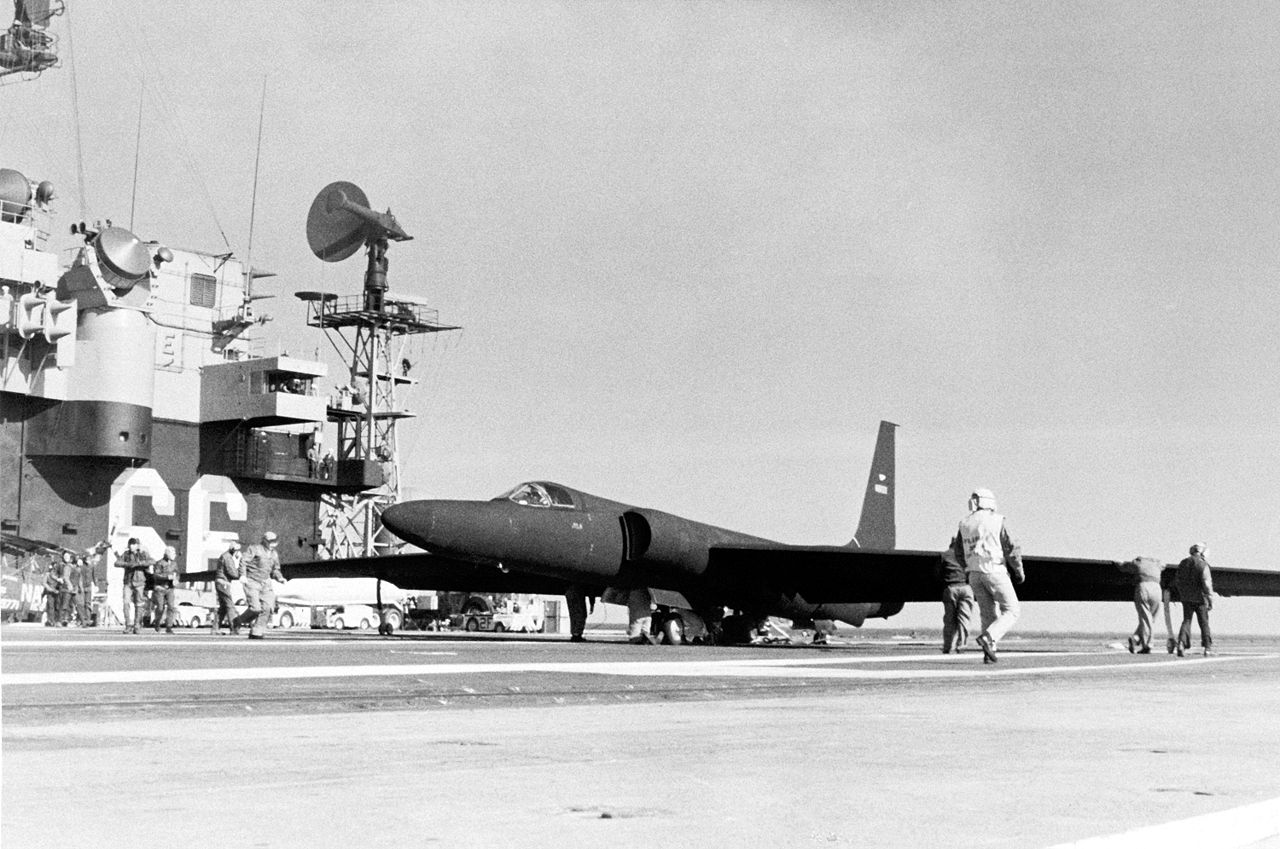
But it still appeared the aircraft’s days were increasingly numbered. The 1966 recommendations noted the Dragon Ladies were only available for reconnaissance over “areas not heavily defended by surface-to-air missiles” and could respond to crises only “where defenses permit.”
A separate 1966 proposal NRO released regarding plans to send A-12s to monitor developments along the Sino-Vietnamese border reinforced this point. “The survivability of this aircraft [the U-2] against strengthened Chinese air defense facilities is becoming increasingly doubtful,” CIA director William Raborn wrote to NRO’s head Alexander Flax.
From NRO’s perspective, a combination of the A-12 and SR-71, a supersonic drone codenamed Tagboard, Corona and Gambit spy satellites, and upcoming air and space systems would simply make the U-2 unnecessary. With all of these assets available, the apparent risks of the old aircraft wouldn’t warrant investments beyond what the Pentagon and CIA had already budgeted.
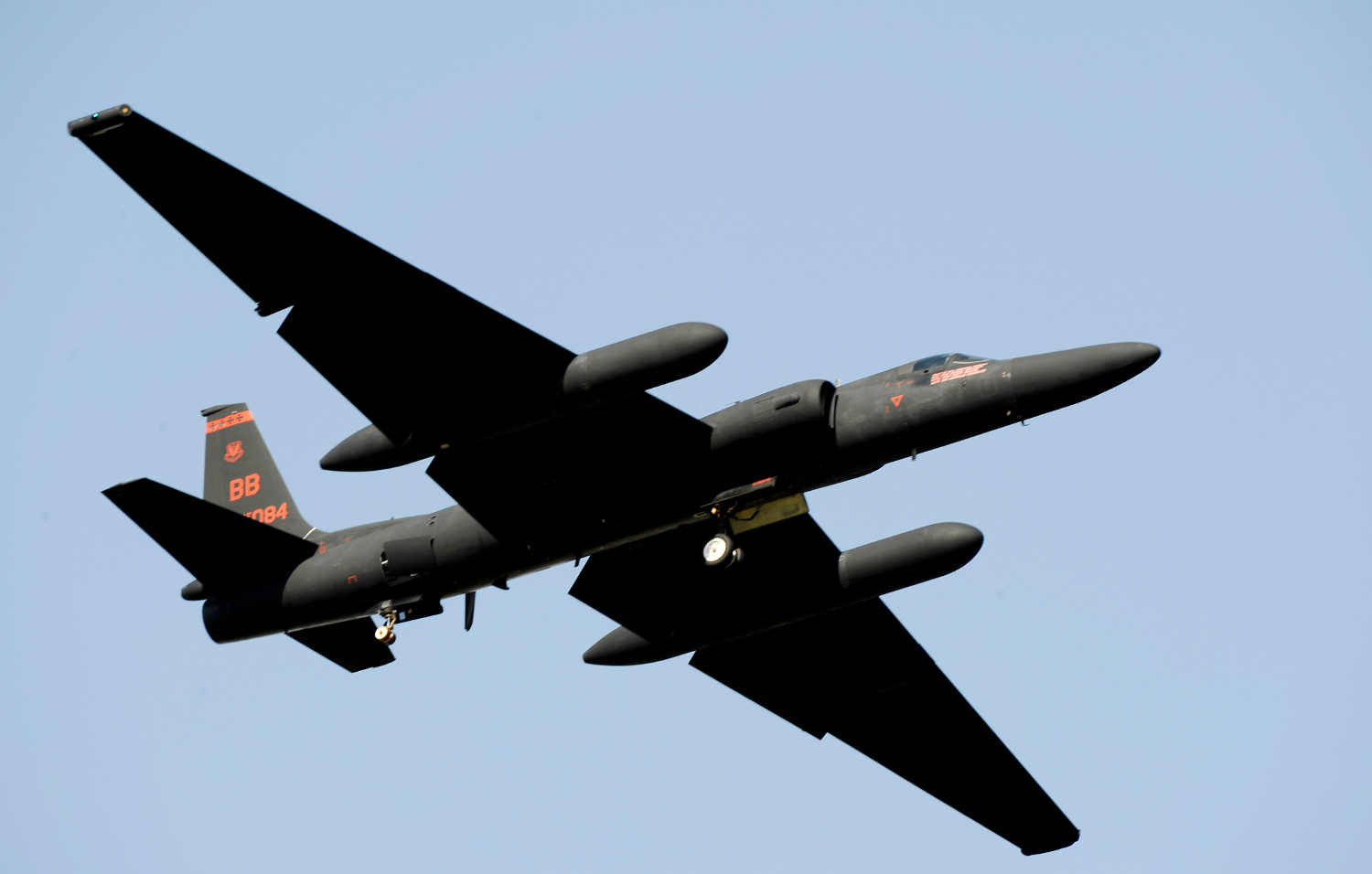
Fast forward nearly 50 years and it’s possible to see how wrong these predictions were in the end. The reasons center mostly on the Air Force’s ability to rush U-2s wherever they might be needed and the ever-present cost factor.
Spy satellites did usher in a new era of surveillance, but they couldn’t be everywhere at once. Unlike the U-2 or other spy aircraft, you couldn’t rapidly send satellites over a new area during crises, either. This remains a key limitation of publicly known space-based imagery systems.
Tagboard was a flop. Originally, Lockheed intended special versions of the A-12, called the M-21, to launch the drone, known as the D-21. The mothership carried the pilotless plane on top of the fuselage. In the first flight test, the D-21 separated cleanly, but stayed dangerously close to the launching aircraft. During the fourth flight tests, the drone’s engine failed, causing it to slam into the M-21. The resulting collision destroyed both planes.
Lockheed’s Kelly Johnson suggested the B-52 bomber as an alternative launching platform after the accident. But to get that arrangement to work, the drone needed a massive rocket booster so it could get up to speed. The Air Force launched just four of the redesigned D-21Bs over China between 1969 and 1971. Due to a series of technical problems, the United States never recovered any of the film canisters from these missions. The poor results, along with President Richard Nixon’s efforts to thaw relationships with the Communist government in Beijing, killed the project for good.
The high costs of operating both the A-12 and the SR-71 dogged both aircraft. As Soviet air defenses and interceptors improved to the point they could challenge the planes—no matter how fast or how high they flew—those costs became even more pronounced. The CIA retired its last A-12 in 1968. The Air Force stopped flying the SR-71 in 1989.
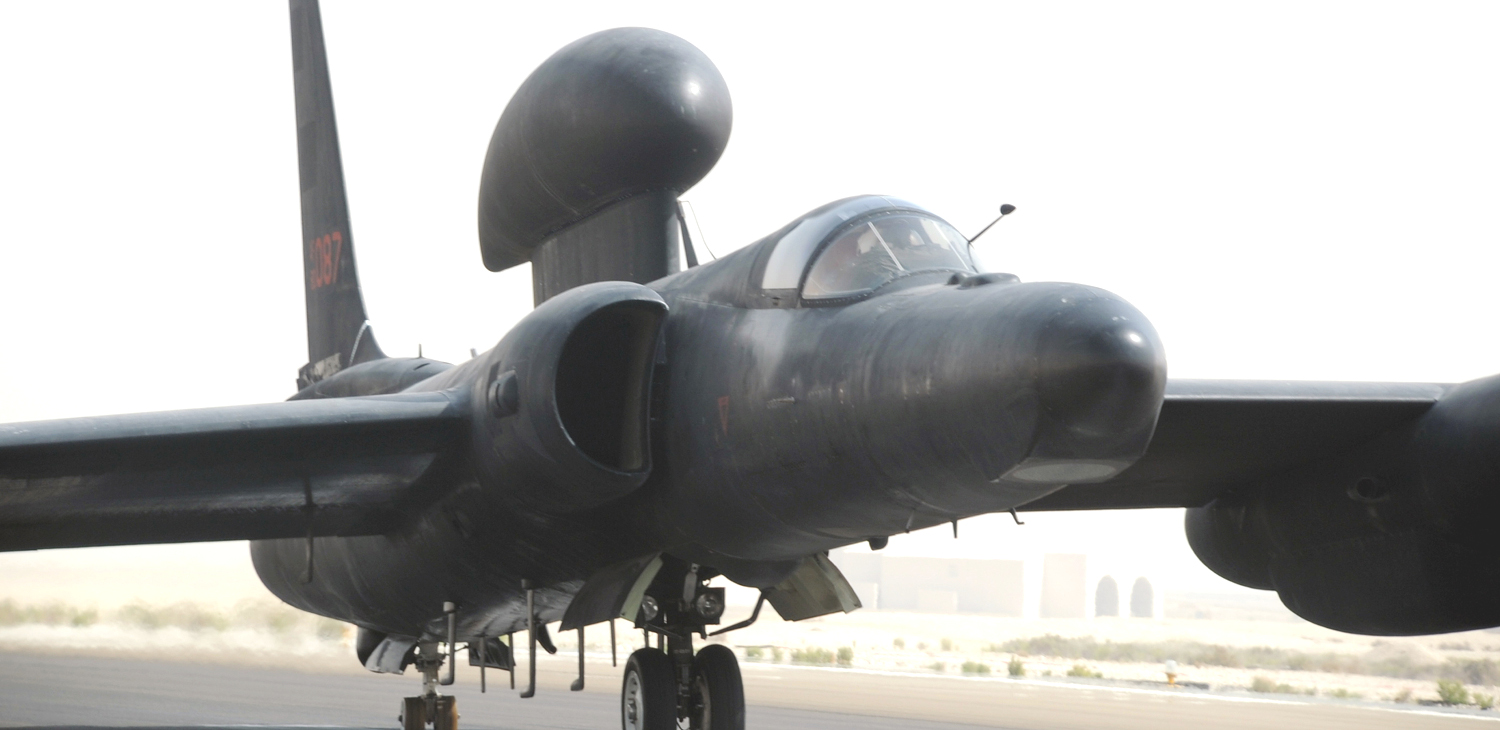
At that time, Secretary of Defense Dick Cheney said it cost the Pentagon $85,000 per hour to fly the sleek jets. In 1993, a small number of SR-71s came back into service, but went into retirement for good five years later. Although there have been persistent rumors, there is no proof that the USAF ever received a replacement for the Blackbird, as penetrating persistent reconnaissance became a much more pressing need than something that replicated what a spy satellite could produce.
Despite the appearance of newer aircraft and stealthy drones, such as the RQ-170, the U-2 soldiered on. New upgrades and overhauls—but especially a satellite data link that pilots could share information with command centers and commanders on the ground in near real-time—gave the latest U-2S aircraft a new lease on life.
Despite its age, the Dragon Lady cost less than $31,000 per flight hour as of fiscal year 2013—less than half of what it had cost to operate the SR-71 more than two decades earlier. After the end of the Cold War, the U-2s kept flying over or very near hotspots such as Afghanistan, Iraq, Libya, North Korea and the South China Sea, as well as helping collect images during natural disasters.

Between 2005 and 2015, the Air Force had pushed back plans to retire the U-2 at least four times. As of 2016, the service was considering sending the planes to the boneyard for good by the end of 2019.
The plan would be to replace the Cold Warriors with RQ-4s, which have become cheaper to operate as the fleet has grown. Not everyone was pleased with this idea, though. In June 2016, Senator Dianne Feinstein (D-CA) and Representative Adam Schiff (D-CA) wrote a letter, which a dozen other California lawmakers signed, to then-Secretary of the Air Force Deborah Lee James.
“We understand that the U-2 fleet has almost 80% of its airframe life remaining, making it sustainable well beyond FY2019,” the legislators explained. “Retirement of the U-2 in the coming years is expected to result in a reduction in high altitude [intelligence, surveillance, and reconnaissance] capacity, including the loss of the U-2’s unique intelligence gathering capabilities.”

It is important to note that California is home to both Lockheed’s legendary Skunk Works aircraft design outfit—which crafted the U-2 and the SR-71—and the Air Force’s 9th Reconnaissance Wing, which flies Dragon Ladies and Global Hawks.
It’s true that the Global Hawk can’t fly as high or as far as the U-2, but Northrop Grumman’s large drones have been increasingly able to carry the U-2s most important equipment.
In December 2016, the Air Force announced it had flown an unspecified sensor on a Dragon Lady for the last time, passing the mission off to the Global Hawk. This was most likely the Senior Year Electro-optical Reconnaissance System 2 (SYERS-2), which the RQ-4B successfully carried in a test that month. Three months later, Northrop announced they had successfully integrated the MS-177 multi-spectral sensor onto the Global Hawk, which could be a complete replacement for the older system.
In the meantime, Lockheed has continued trying to pitch one of its own systems. In 2014, Lockheed had also proposed a pilot-optional version of the U-2 as an alternative to retirement and a year later the company’s Skunk Works divison unveiled an entirely new drone concept that reuses components of the Dragon Lady, called the TR-X. In addition, it is possible that top defense contractors have already produced, or are actively working on, other advanced manned or unmanned aircraft that remain classified.
All in all, it looks like the U-2 may be nearing the end of its lengthy service to the U.S. military again. Despite that, however, history has shown the aircraft have gotten many reprieves over the years and may still have a lot of flying hours left in them.
Contact the author: joe@thedrive.com
